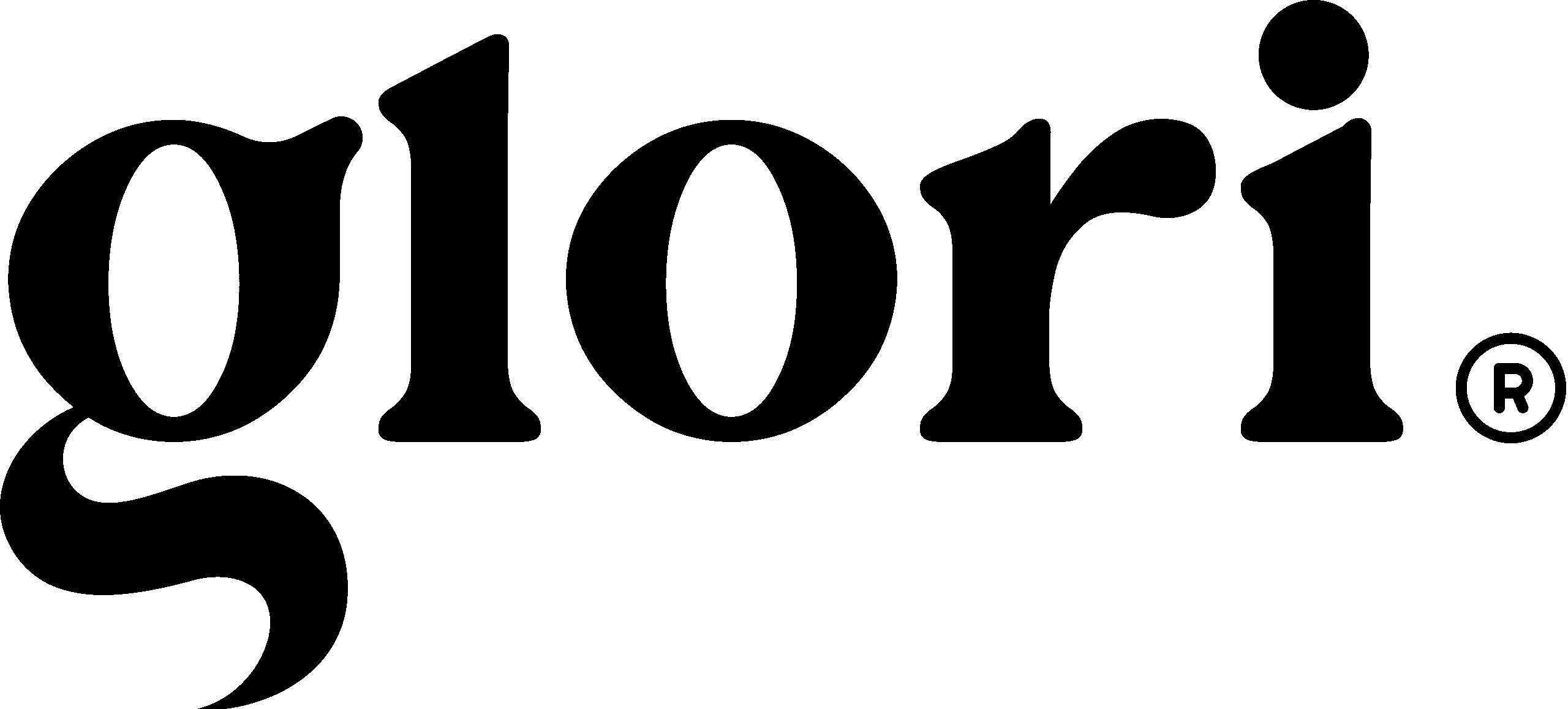
Online learning has exploded in recent years. Whether you’re an independent coach, a freelancer, or a company offering training programs, hosting your own online course is one of the best ways to share knowledge, build authority, and generate income.
But before you dive into recording videos or creating lessons, there’s a crucial step you can’t skip: choosing where and how to host your course. Hosting directly impacts your students’ experience, your ability to scale, and how much control you keep over your business.
This guide will walk you through everything you need to know about hosting online courses, even if you’re just starting out.
Why Hosting Matters
Think of course hosting as the “home” for your content. It’s where your videos, PDFs, quizzes, and community features live, and it’s where your students will log in to learn.
The right hosting choice affects:
Professionalism – A clean, reliable platform builds trust with your audience.
Ease of Access – Students should be able to log in anytime, from anywhere.
Scalability – As your audience grows, your hosting should handle more traffic and content.
Monetization – Some hosting solutions make it easier to accept payments and manage subscriptions.
The Main Hosting Options
When it comes to hosting, you’ll generally choose between three paths:
1. Self-Hosting on Your Own Website
This means you set up your own website (often using WordPress or another CMS) and host your course content there. You may use plugins like LearnDash or LifterLMS.
Pros:
Full control over branding, pricing, and student data.
No ongoing commissions to third-party platforms.
Highly customizable with plugins and integrations.
Cons:
Requires technical setup and maintenance.
Higher upfront cost for hosting, plugins, and design.
Security and updates are your responsibility.
Best for: Entrepreneurs who want long-term control and don’t mind some technical management.
2. Course Marketplaces
These are platforms like Udemy, Skillshare, or Coursera, where you upload your course and students find it through the marketplace.
Pros:
Built-in audience and traffic (millions of students).
Easy to get started with little technical setup.
Marketing and payment handling done for you.
Cons:
Very limited control over branding.
Strict pricing rules (you often can’t set your own).
High competition; your course is “one of many.”
Best for: Beginners who want to test their course idea without investing heavily in marketing or tech.
3. SaaS Course Platforms
These are Software-as-a-Service platforms like Teachable, Thinkific, Kajabi, or Podia. They give you a ready-made course website with payment processing, video hosting, and student management built in.
Pros:
No coding required; beginner-friendly.
Professional course website out of the box.
Payment systems, email marketing, and analytics included.
Scalable for growing audiences.
Cons:
Monthly subscription costs (typically $30–$200+).
Less control compared to fully self-hosted.
Platform lock-in (migrating later can be tricky).
Best for: Creators who want a professional setup quickly, without worrying about tech.
Comparing the Options
| Feature | Self-Hosting | Marketplaces | SaaS Platforms |
|---|---|---|---|
| Control | High | Low | Medium |
| Ease of Setup | Low (tech-heavy) | High | High |
| Cost | Medium/High upfront | Free or Low | Monthly subscription |
| Audience | You bring traffic | Built-in traffic | You bring traffic |
| Branding | Full customization | Minimal | Good, but limited |
| Scalability | Depends on hosting | Limited by platform | High |
Practical Steps to Get Started
Define Your Goals
Do you want to quickly test an idea? → Use a marketplace.
Do you want full control and long-term growth? → Self-host.
Do you want a balance of speed and control? → SaaS platform.
Evaluate Your Tech Comfort
If you enjoy customizing websites → Go self-hosted.
If you’d rather focus only on teaching → Choose SaaS.
Plan Your Budget
Self-hosting: ~$200–$500 upfront.
SaaS: $30–$200 per month.
Marketplaces: free, but they take a large revenue share.
Start Small
Upload a pilot course or mini-series before building a full academy. This helps you test your audience and improve based on feedback.Focus on Student Experience
Make navigation simple, videos high quality, and include interactive elements (quizzes, discussions).Market Your Course
Even the best platform won’t sell your course if no one knows it exists. Use email lists, social media, and partnerships to attract students.
Final Thoughts
Hosting your online course is one of the most important decisions you’ll make as a creator. The right choice depends on your goals, budget, and comfort level with technology.
Marketplaces are perfect for quick entry.
SaaS platforms are the sweet spot for most beginners.
Self-hosting is best if you want ultimate control and scalability.
Whichever path you choose, remember this: start simple, get your first students, and refine as you grow. The best hosting setup is the one that gets your course live and learning happening.



